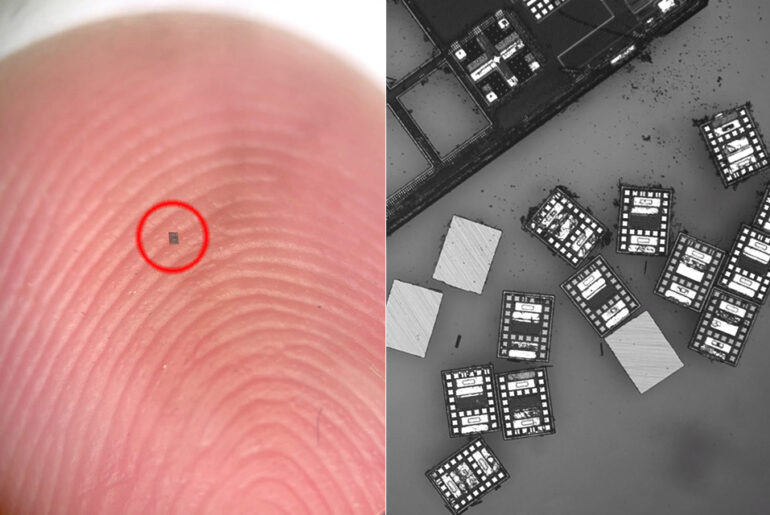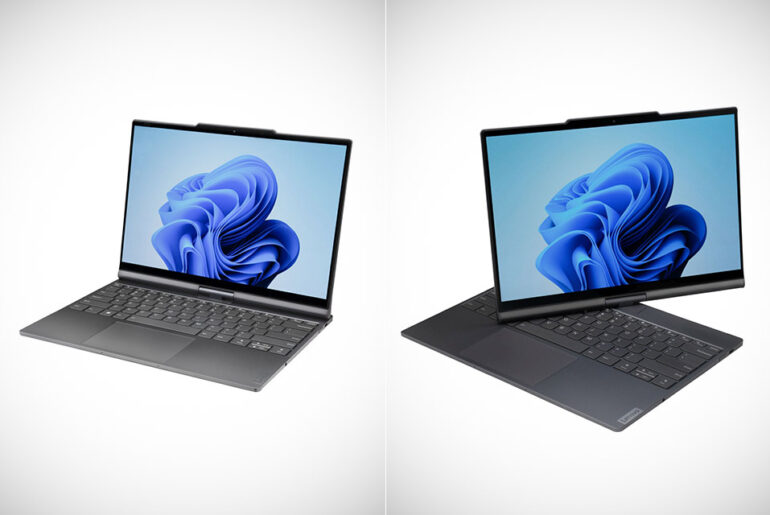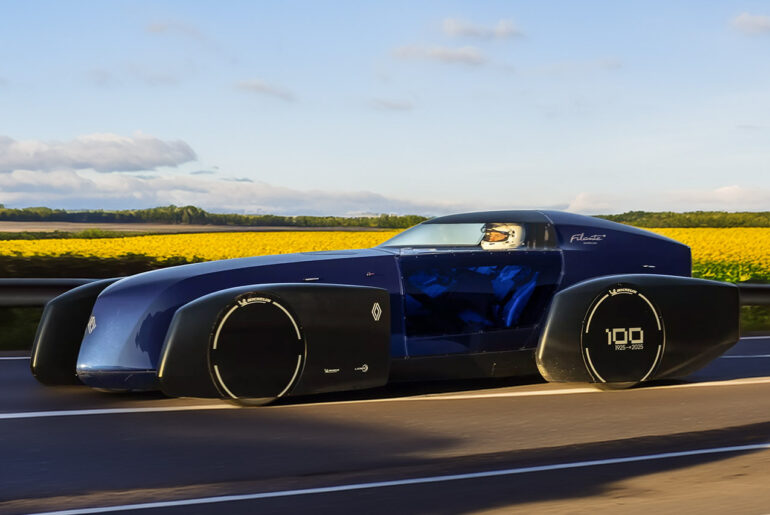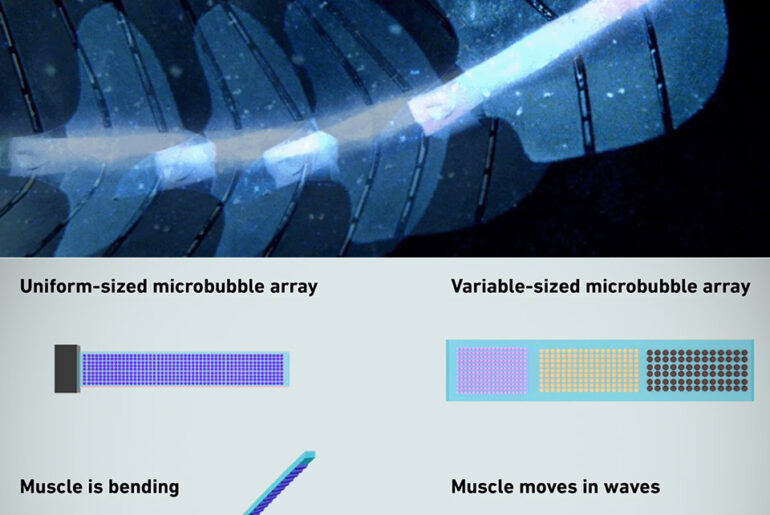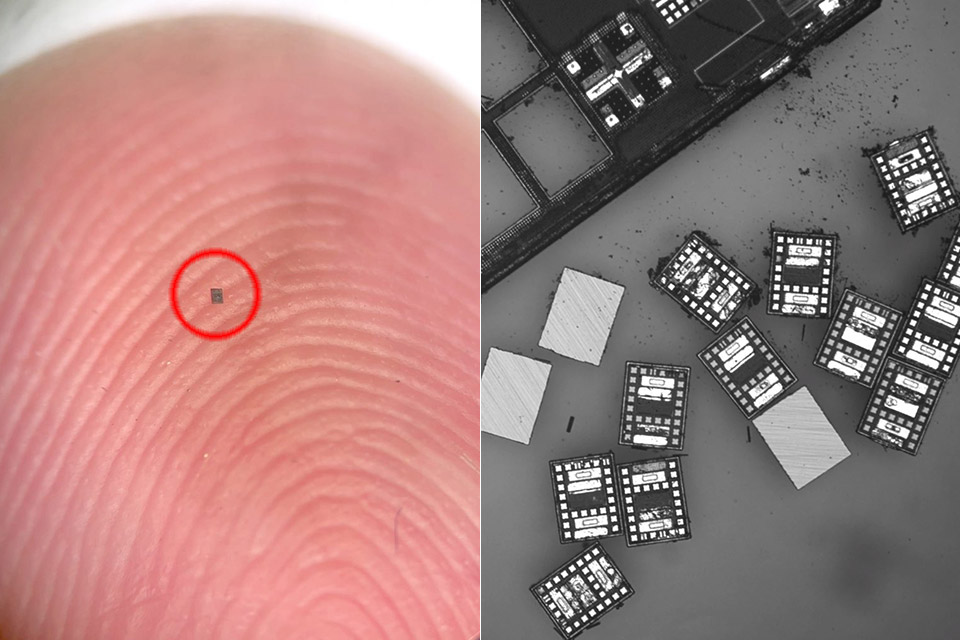
Photo credit: Marc Miskin, Penn
Researchers at the University of Pennsylvania and the University of Michigan have created the world’s smallest programmable autonomous robot. Each one is about 200 by 300 micrometers in size, which is roughly the same size as some of our body’s cells and 50 micrometers thick.

Photo credit: Xinhua / CGTN
Every winter, Harbin, China really does transform into a magical winter wonderland, and for good reason, with residents as well as tourists alike counting down the hours till they can finally catch a glimpse of the city’s iconic giant snowman. This year, the snowman finally came to life on Dec 15th 2025, right in time for Christmas, and it stands a whopping 19 meters tall, 14 meters long, and 11 meters wide, all constructed from a staggering 3500 cubic meters of snow.
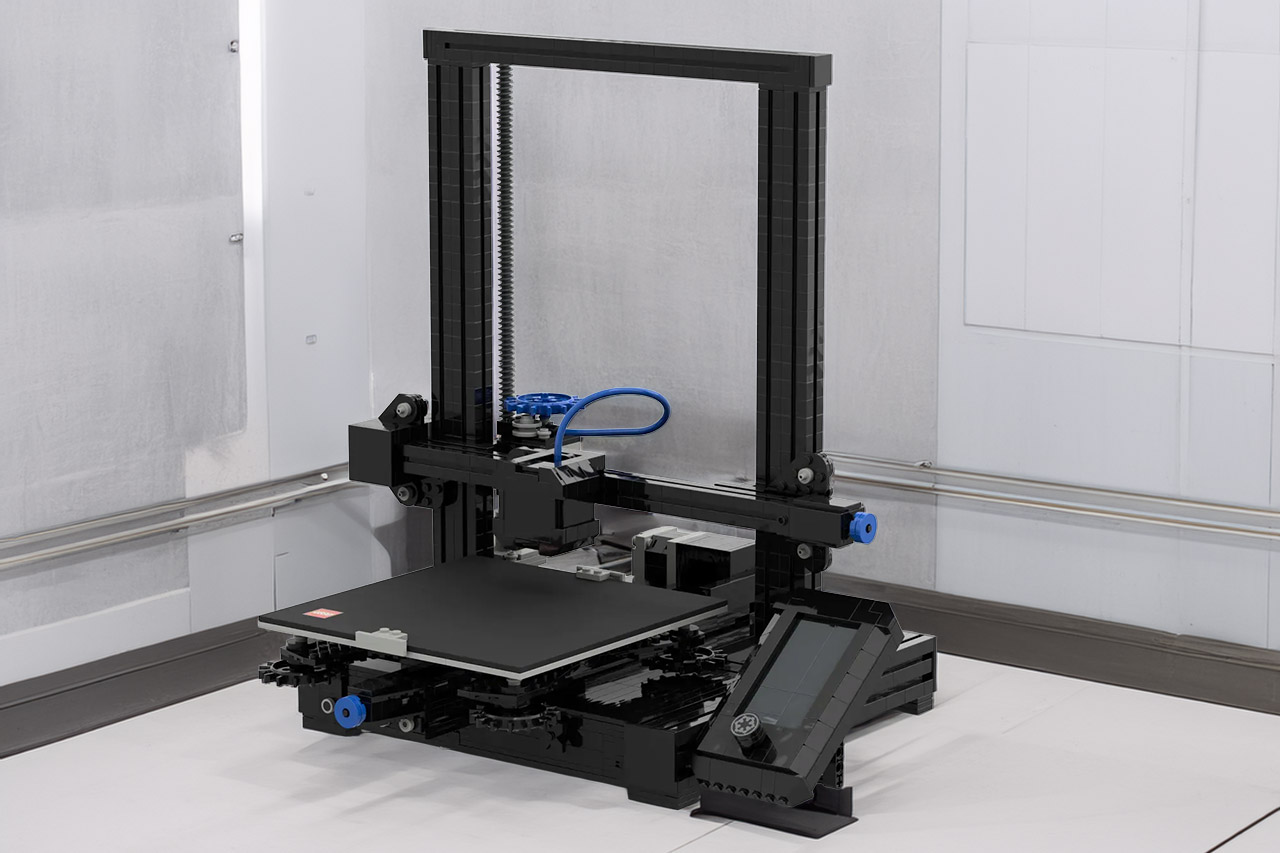
Fans of LEGO and 3D printing share a common desire to bring new things to life from raw materials. Now, thanks to a recent submission on LEGO Ideas, the two worlds are merging in an intriguing way: with a highly accurate model of a Creality Ender-series 3D printer.

Premium wireless headphones often cost more than $500. Apple’s AirPods Max continue to cost that much, while Bose’s new QuietComfort products are priced similarly. Expectations are high for perfect performance, which is precisely what audiophiles want. Sennheiser provides an excellent experience with the Momentum 4 Wireless, which is now on sale for a reasonable $230 (was $450).
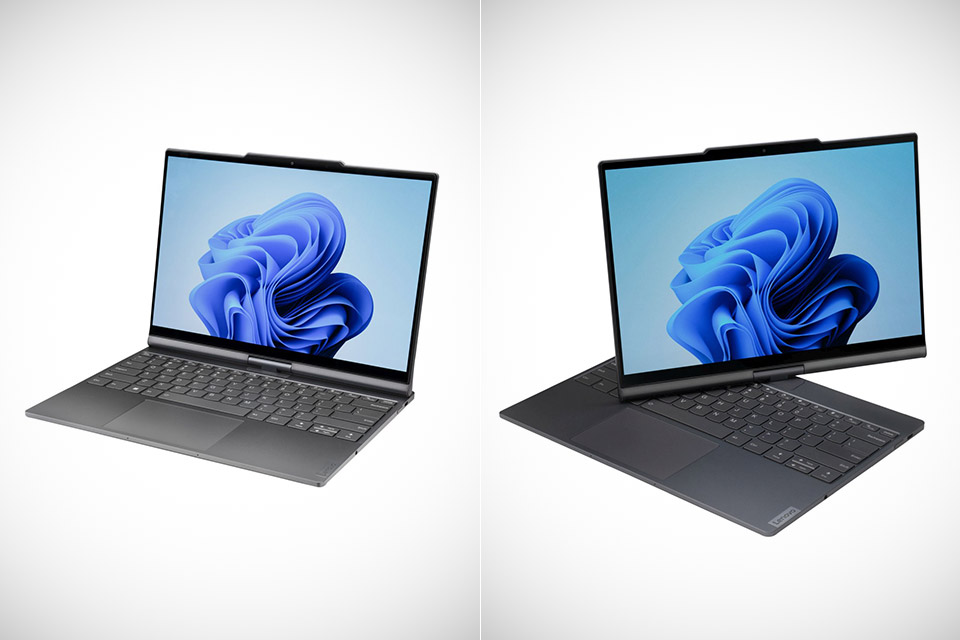
Last October, Lenovo unveiled a prototype of a laptop with an auto-rotating screen, called the Auto-Twist AI PC. People could observe as the display swung around to follow a person going across the room or switched to tablet mode with a simple voice command. Many dismissed it as just another sophisticated concept that would never leave the lab, but recent leaks indicate that things may be changing.
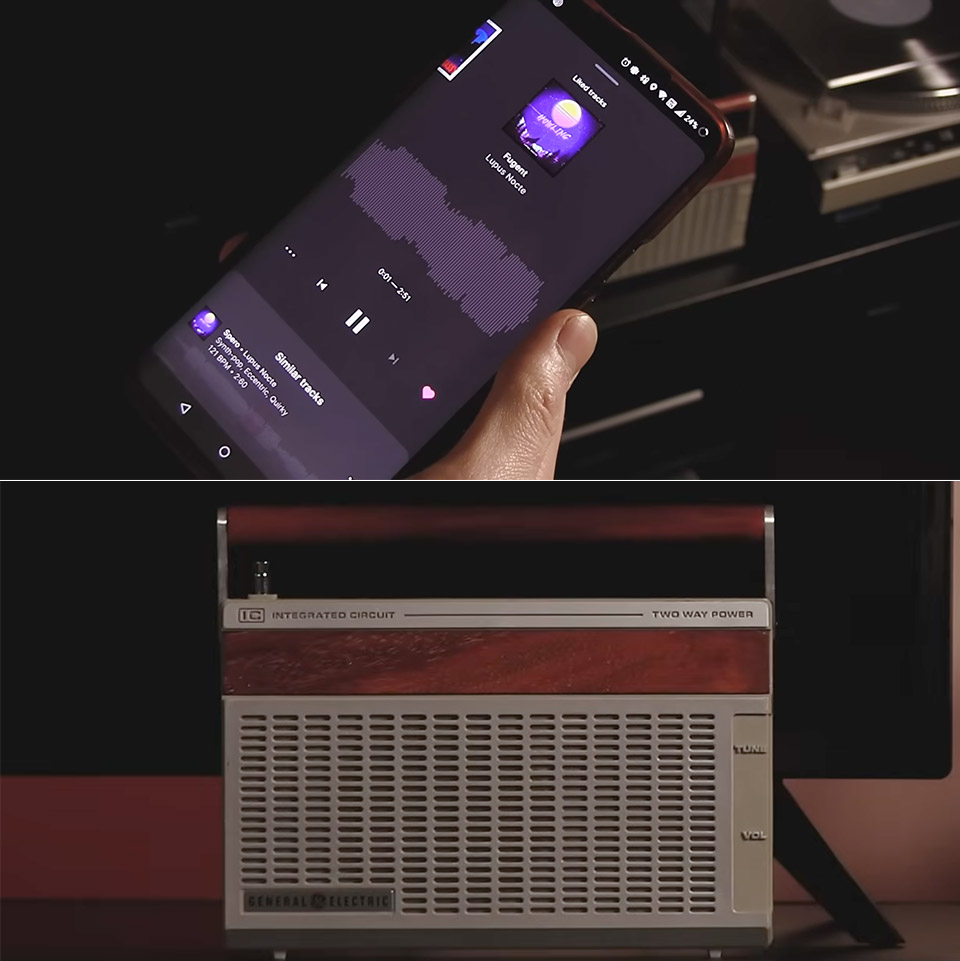
An old 1982 FM radio from a thrift store rested on a shelf, its weathered plastic shell broken and discolored with years of use. Few people would give this antique from the days when having a portable radio meant fumbling with dials to find a station a second thought. However, one maker, who goes by the name Distracted by Design, saw something in it. He grabbed it at home with a clear plan: remove the old guts and convert it into a Bluetooth speaker that would work perfectly with today’s devices.
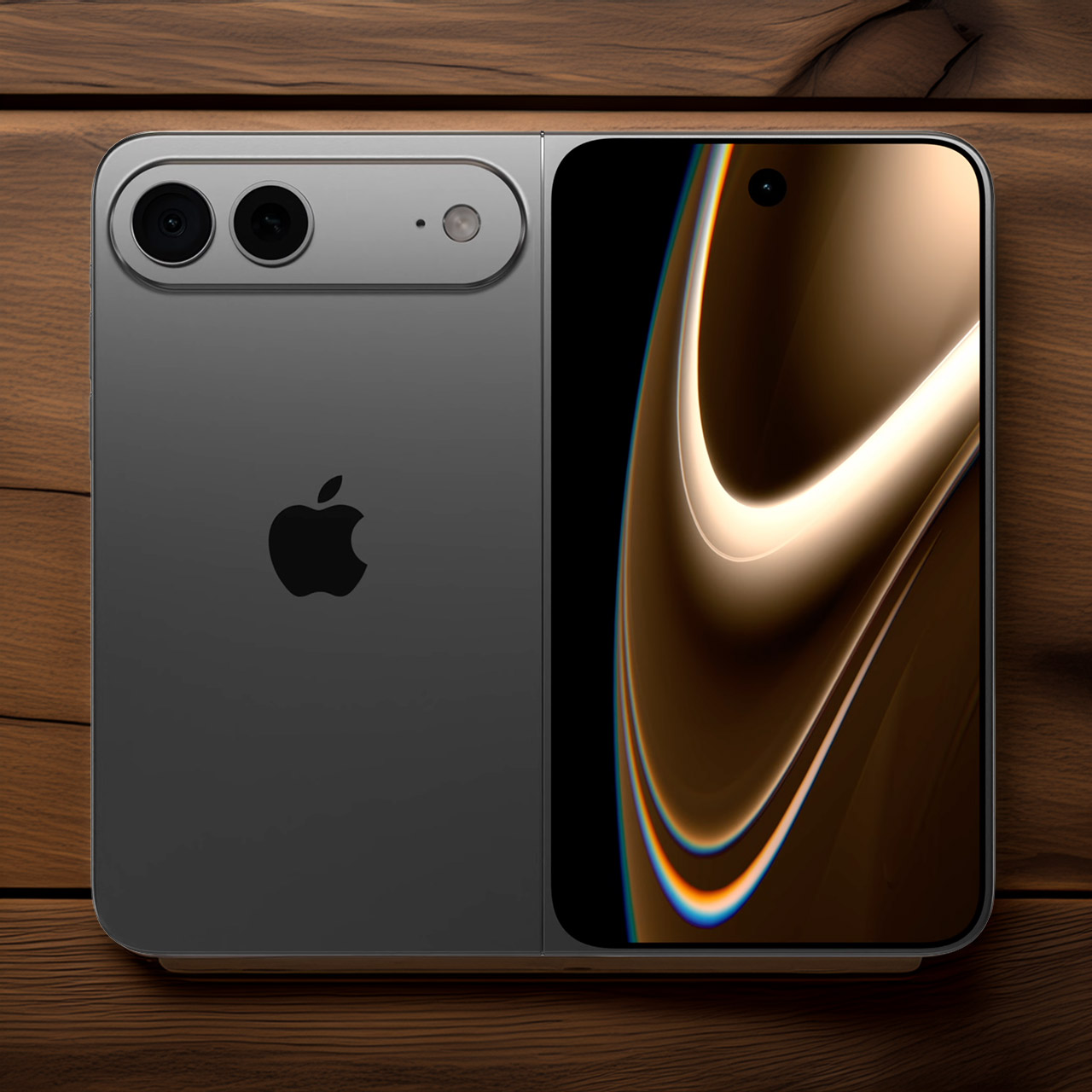
Technology leaker Jon Prosser recently shared detailed renders of Apple’s yet-to-be-announced foldable iPhone, giving everyone a sense of what’s in store for 2026. The design they’ve allegedly selected is similar to a book fold, in that you simply flip it out to reveal a much larger screen to play with, and when closed, the device is only 9mm thick, which is quite sleek in smartphone terms. When you flip it open, the thickness slims down to 4.5mm, making the phone way easier to carry in your pocket.
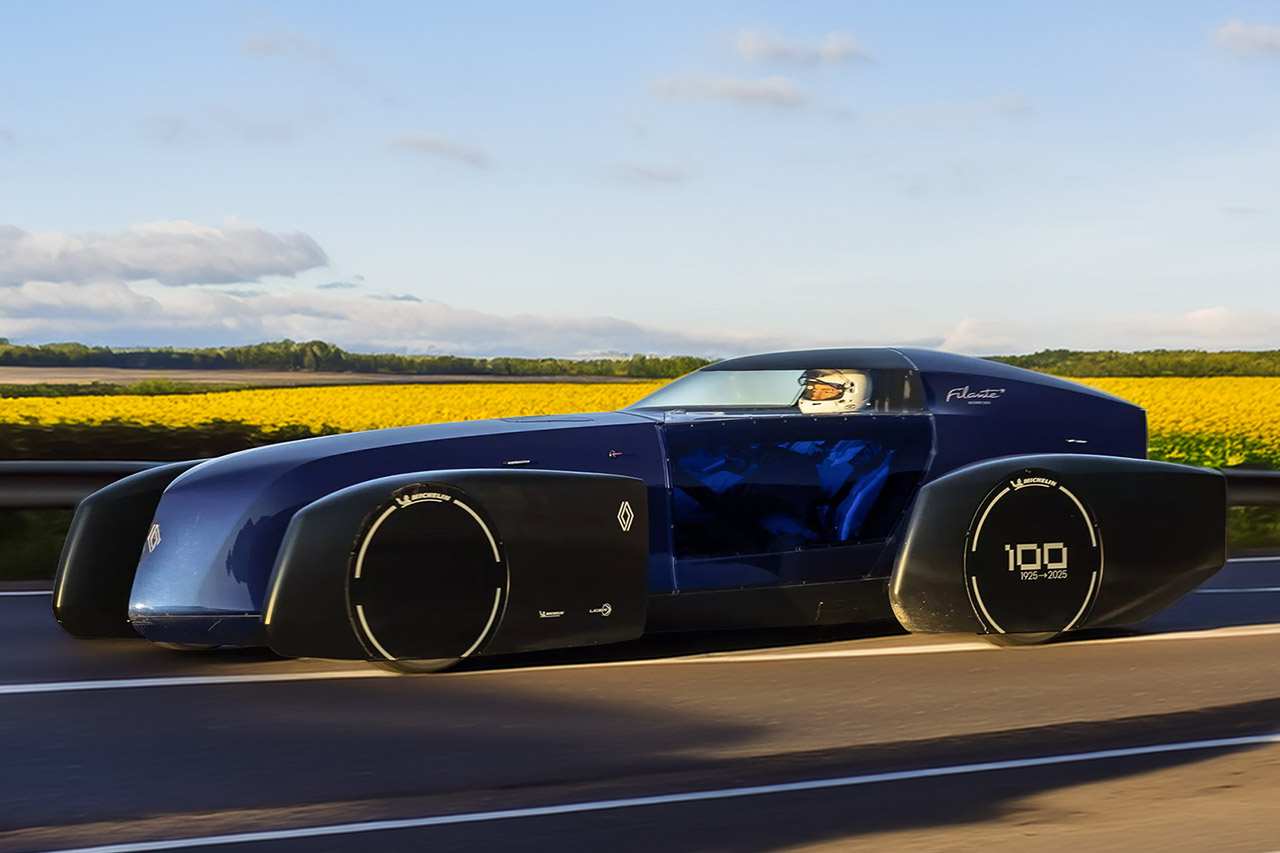
Renault concludes 2025 with a low-key yet momentous achievement for the electric vehicle sector, one that really has people talking. Their one-seater concept vehicle, the Filante Record 2025, managed to travel 1,000 kilometers (626 miles) on a single battery charge while going at highway speeds.
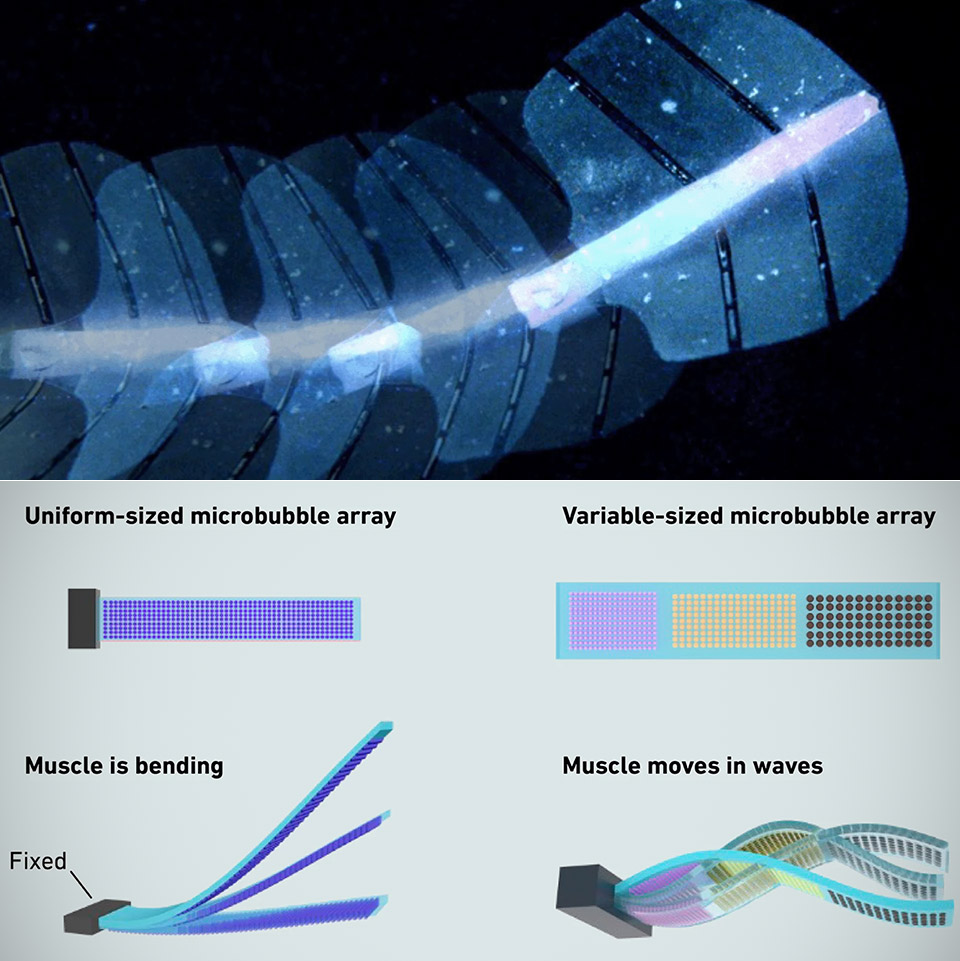
Researchers at ETH Zurich have made a significant breakthrough in building artificial muscles that can be manipulated using ultrasonic sound waves. The technology is based on a silicone base material that has been molded into thin, flexible membranes with teeny small pores on one side, each around 100 micrometers across. Each of these holes contains a tiny air pocket, which forms a trapped bubble.

